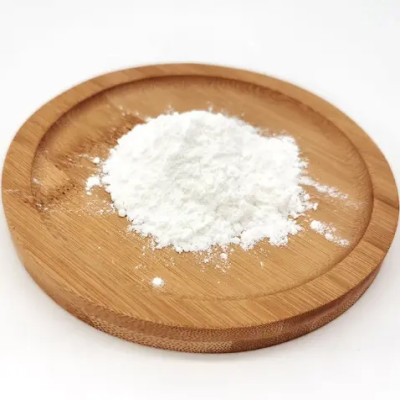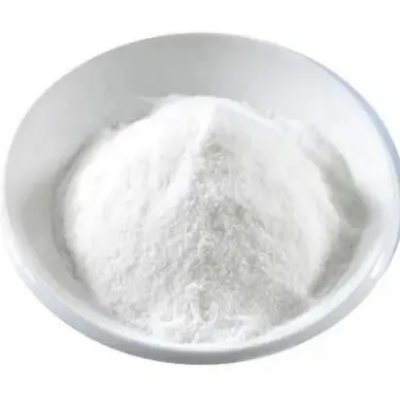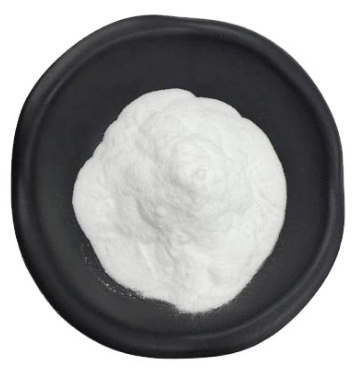tert-Butyl ((3R,5R)-5-methylpyrrolidin-3-yl)carbamate CAS:1932651-04-1
tert-Butyl ((3R,5R)-5-methylpyrrolidin-3-yl)carbamate exhibits distinctive structural features and holds promise in medicinal chemistry and pharmaceutical research. 1. Medicinal Chemistry: Biological Targets: The presence of the pyrrolidine ring and the tert-butyl carbamate moiety suggests potential interactions with various biological targets, including enzymes, receptors, or proteins. These interactions can modulate physiological processes, making it a versatile scaffold for drug design targeting a wide range of diseases. Neurological Disorders: Compounds with pyrrolidine scaffolds have shown promise in modulating neurotransmitter systems and neuronal pathways. tert-Butyl ((3R,5R)-5-methylpyrrolidin-3-yl)carbamate derivatives could exhibit similar activities, making them valuable in the development of treatments for neurological disorders. 2. Drug Development: Structure Optimization: Synthetic modifications of the pyrrolidine core and substituent groups allow for structure-activity relationship (SAR) studies, facilitating the design of analogs with improved pharmacokinetic properties and enhanced target affinity. Central Nervous System Penetration: The tert-butyl carbamate group can enhance the compound's lipophilicity and membrane permeability, potentially improving its ability to penetrate the blood-brain barrier and target central nervous system disorders. 3. Synthetic Chemistry: Versatile Synthesis: tert-Butyl ((3R,5R)-5-methylpyrrolidin-3-yl)carbamate can be synthesized through versatile routes, allowing for the exploration of various synthetic strategies and the creation of diverse analogs for biological evaluation. Chiral Synthesis: The stereoselective synthesis of this compound enables the production of enantiomerically pure derivatives, which may exhibit different pharmacological properties and improve drug selectivity and safety profiles. 4. Biological Evaluation: Preclinical Studies: Derivatives of this compound undergo comprehensive preclinical evaluation to assess their pharmacological activities, pharmacokinetics, and safety profiles. This data informs further optimization and preclinical development towards clinical trials. In summary, tert-Butyl ((3R,5R)-5-methylpyrrolidin-3-yl)carbamate represents a promising scaffold in medicinal chemistry, offering opportunities for the development of novel therapeutic agents targeting various diseases, particularly neurological disorders. Its unique structural features and potential pharmacological activities make it a valuable tool in drug discovery and development efforts. Continued research and optimization are essential to fully exploit its therapeutic potential and translate findings into clinical applications.



| Composition | C10H20N2O2 |
| Assay | 99% |
| Appearance | white powder |
| CAS No. | 1932651-04-1 |
| Packing | Small and bulk |
| Shelf Life | 2 years |
| Storage | Store in cool and dry area |
| Certification | ISO. |


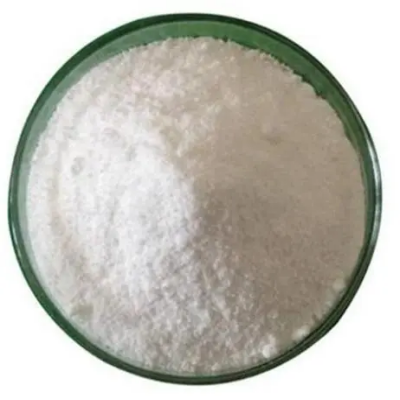
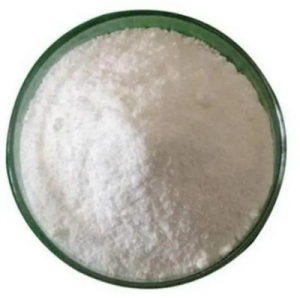
![2-butyl-4-chloro-4,5-dihydro-5-hydroxymethyl-1-[2'-(2-triphenylmethyl-1,2,3,4-2H-tetrazol-5-yl)-1,1'-biphenyl-4-methyl]-1H-imidazole CAS:133909-99-6](https://cdn.globalso.com/xindaobiotech/WO70D3S3M@H2JIKQ9.png)
